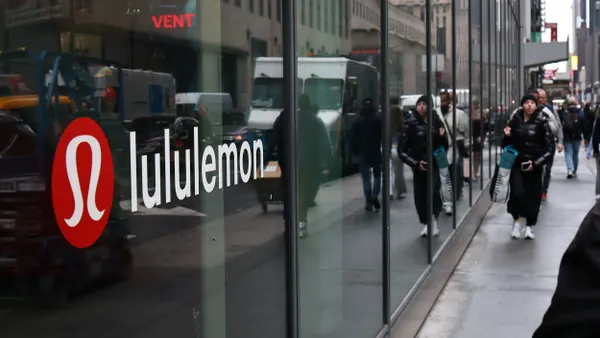Dive Brief:
-
A year after Seattle implemented its $15 minimum wage ordinance, a study commissioned by the city and conducted the University of Washington shows that fears of rising prices (including retail prices) by and large haven’t materialized.
-
After surveying employers and workers and scanning Seattle-area commodity and service prices, researchers at UW's Evans School for Public Policy & Governance found “little or no evidence” of price increases relative to other communities, according to the report.
-
Seattle’s minimum wage law was passed in 2014, and began taking effect April 1, 2015. Businesses with fewer than 500 employees will reach the $15-an-hour wage by 2021. Those with 500 or more employees (including national chains) will reach $15 an hour by 2017.
Dive Insight:
The National Retail Federation officially opposes legislating a national rate for hourly workers. While workers' advocates say that current rates fail to provide a living wage, the NRF and many businesses warn that higher wages make layoffs and price increases more likely.
But a year after Seattle implemented significantly higher minimum pay, that outcome hasn’t come to pass, to the surprise of even University of Washington researchers themselves.
The UW group is tasked with presenting the Seattle government with ongoing scrutiny of the wage hike’s effects on consumers and businesses; the study presented this week is the first of several to come. To establish a baseline, the team between January and May 2015 surveyed 567 randomly selected Seattle employers as well as 55 workers about their awareness of and feelings about the law’s expected and actual effects.
62% of employers said they expected to raise prices of goods and services because of the higher wages, and 10% of employers said they’d be forced to move their business. But subsequent analysis, done through a combination of “web scraping” and in-person visits to stores and restaurants, found few price increases.
"We looked in grocery stores, drugstores and other types of retail outlets—we were focusing on places where your middle class or low-income families would be more likely to shop," study leader Jacob Vigdor, a University of Washington public policy professor, told Fast Company. "The fact that we didn't find very many price increases in those types of outlets was a little bit more surprising to us.”
Some retail experts say that paying workers better wages should be seen as an investment in all-important store workers even in—or especially in—an era of technology-dominated retail operations.
Other research has found that retailers, a major cohort of employers in the U.S., also benefit when wages are higher because consumers are able to spend more freely. Cowen & Co. retail analysts expect that a $15-per-hour minimum could stimulate spending among lower income and millennial consumers. Cowen's Oliver Chen says lower-income shoppers with a bit more money could boost traffic and spending this year for the likes of Target and Wal-Mart.
Target earlier this week raised its minimum starting wage to $10 per hour and increased the pay of workers already earning that minimum. Late last month, the California State Assembly approved a plan to raise the state’s minimum wage for all businesses to $15 an hour by 2023, and New York Gov. Andrew M. Cuomo and state lawmakers also announced an agreement that would raise the minimum wage in New York City to $15 by the end of 2018, with slower increases elsewhere in the state.













